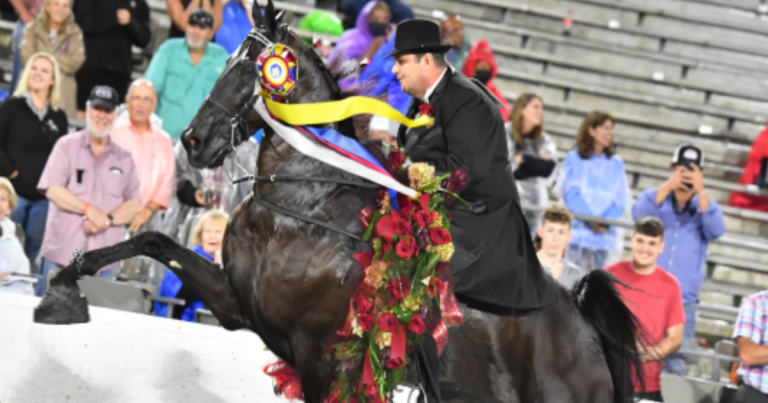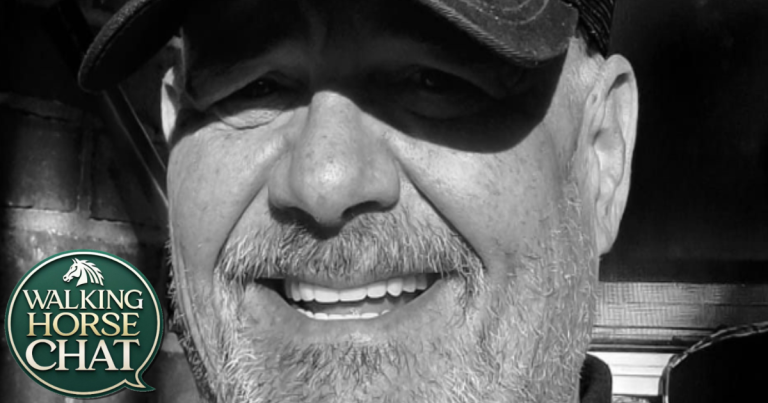Editorial: Navigating the Crossroads of the Tennessee Walking Horse Two-Year-Old Market
Written by: Tommy Williams
email:tommywhc@aol.com
931-492-2825
WHC Publisher-Williams Media Entertainment
The Tennessee Walking Horse industry stands at a pivotal juncture, grappling with a critical imbalance in its two-year-old market. A surge in FlatShod buyers dominating purchases of top prospects has left the Performance division scrambling for viable inventory. This divergence underscores deeper challenges in breeding priorities, regulatory pressures, and market dynamics that demand urgent attention.
The Market Shift: FlatShod Dominance and Performance Scarcity
Over the past five years, FlatShod enthusiasts have aggressively acquired high-potential two-year-olds, drawn by The Maiden division’s growing popularity and perceived stability amid regulatory uncertainty. The Performance division, reliant on specialized training and equipment like pads and action devices, now faces a stark shortage of competitive horses. This scarcity is exacerbated by breeders prioritizing FlatShod-friendly bloodlines, such as those sired by Jose’ Jose’ and now JimmyChoo, I am Jose, and others-celebrated for their versatility in all classes.
The imbalance is not merely a market trend but a symptom of broader industry tensions. The USDA’s proposed Horse Protection Act (HPA) amendments, which sought to ban pads and action devices, cast a long shadow over the Performance division. Though the industry successfully challenged these rules in court , the threat of future regulatory shifts has driven breeders to favor FlatShod-compatible horses, creating a self-fulfilling prophecy of scarcity in Performance inventory.
Root Causes: Regulatory Anxiety and Breeding Decisions
The legal battles over equipment bans have injected uncertainty into breeding programs. With the Performance division’s future hinging on courtroom outcomes, many breeders shifted focus to FlatShod lines to mitigate risk. For example, the TWHBEA National Futurity—a cornerstone for young horse development—now emphasizes classes that are building even more on Trail Pleasure and other creativity, which align with FlatShod demand . TWHBEA saw The Celebration dropped the ball.
Consequences for the Performance Division
The shortage of two-year-olds in the Performance division risks eroding its competitive pipeline. Trainers and exhibitors face limited options, driving up prices for remaining prospects and alienating mid-tier participants. This scarcity also undermines the division’s appeal to spectators, who are drawn to the athleticism and tradition of Performance horses—a hallmark of events like the Celebration’s Two-Year-Old Stallions splits. A big Monday night for horse nerds like me.
Path Forward: Collaboration and Strategic Breeding
To rebalance the market, the industry must act decisively:
- Regulatory Clarity: Leverage recent legal victories (e.g., the Texas court ruling blocking USDA rules ) to reassure breeders of the Performance division’s viability.
- Incentivize Dual-Purpose Breeding: Encourage bloodlines that excel in both Performance and FlatShod, to diversify market options.
- Expand Futurity Opportunities: Introduce Performance-specific incentives within programs like the TWHBEA National Futurity to attract breeders to the division .
- Educate Buyers: Highlight the cultural and economic value of preserving the Performance division through campaigns led by organizations like FAST and WHTA .
A Call for Unity
The two-year-old market’s imbalance reflects a broader struggle for the soul of the Tennessee Walking Horse industry. While FlatShod’s rise is commendable, it must not come at the expense of the Performance division’s legacy. By fostering collaboration across divisions and addressing regulatory anxieties head-on, the industry can ensure both segments thrive—honoring its heritage while embracing evolution.
The time to act is now: Let us not allow short-term market pressures to overshadow the long-term vitality of this beloved breed










